| Revista Umělec 2004/1 >> Subjective Patterns of Consumption | Lista de todas las ediciones | ||||||||||||
|
|||||||||||||
Subjective Patterns of ConsumptionRevista Umělec 2004/101.01.2004 Vít Havránek | Entrevista | en cs |
|||||||||||||
|
Jan Šerých’s contribution to the catalogue for the Zlínský Salon consisted of two photographic details of his Saab, model 900. For his exhibition in Černý pavouk in Ostrava, Šerých collected photographs of jet planes and from this collection he made large-format A1 prints. For several months Šerých gathered empty food packaging: bottles, detergents, milk cartons, butter boxes and from these he made an absurd, unspecific picture on the floor for an exhibition in a tower in České Budějovice. For Sleva 20% (20% Discount) he exhibited his own bed and one of his pictures. For a Malá Špálovka show he cut one-meter letters out of fabric and projected an abstract video near the entrance. I bring these up to free Šerých of the idea that he only works with geometry and paintings.
A search for a common thread, a uniting form or a basic visual feature will only end in failure. As such, he is exceptional, as one powerful lineage of Czech art is to develop talent and experience through the long-term, intuitive aesthetic cultivation of form. Now there are many exceptions to this tradition among the younger generation of artists. Clearly the roots of Šerých’s ideas are not connected to the antithesis of the subjective imagination, a tradition advocating objective methods of thinking and art by artists in the 1960s. Even though there are external mimicries, his large canvases with fields of office color are closest to the objectivism of the 1960s. At first their flaccid colors evoke doubts within us. If we consider the compositions — the distance from which the stripes are set apart from each other, their width, direction, shape, and spacing, then, while comparing the many pictures, one gets lost in the chaos, and in the end observes the absence of a system. His paintings are best understood as the materially fundamental excesses of his drawing practice. This can be seen in the dozens of marker drawings he made by lining paper using rulers and colored markers. They are stripes, series composed of many stripe variations, causing a fanciful relaxation, like the doodling made while tied up on a long phone call. They respect the format of the paper and make use of the possibilities provided by the ruler. For the key to Šerých’s works one needn’t look into the actual works themselves, but into what came before them and their sequence, which could be seen as a play list. The difference between the arbitrariness of the 1960s, and the principles of casual choice that the contemporary generation chooses could be summed up in the word “random.” In the context of the 1960s, arbitrariness was connected to the principle of the objectification of the creative process. Cage speaks about the “inhumanity” of the creative process and about turning the mind towards the principles of comprehending nature (science) or the simple existence of nature. The function random select on CD players accurately expresses the choice of the contemporary artist. It shows “arbitrariness,” but applied to ready-made cultural material, whose aggregate is seemingly infinite. This is determined by a cultural-political-geographical framework on the one hand, and the artist’s interests on other side. Today subjectivity is not based on de-subjectivity, as it is in the case of Cage; but in the center of attention there is a constructed subjectivity defined by features, and in such a connection “arbitrariness” sounds like a reference to the past, which deprives human imagination of the apparent dizziness from instability and the non-existence of any moral rules. Šerých’s point of view is tied into traditions foreign to Czech art: his methods call to mind Frank Stella, Johna Armleder, Heim Steinbach, Sylvie Fleury. In the cultural space he orients himself according to several subjective experiences. He likes to drink and eat. He enjoys nice things. He is fond of love and sex. His job gives him pleasure — he makes his living as a graphic designer. And these are activities he thinks about, and he polishes their reflections into extremely shiny fragments of interest. Šerých lives at ease, making carefree grabs into the streams of signs that flow around him and us. Coming from his subjective criteria, there is a breeze of cool emotions. Emotional and systematic objectivity. A Saab design, the masculine nature of jets planes, empty packaging… these are the signs that respond to the question of the importance of this artist’s activities. Their meaning shines through his compositions of used products, mixed with other signs. They have no substantial meaning in and of themselves, such as the title BLACK SABBATH, exhibited for the first time in Český Šternberk; in Malá Špálovka it transformed into ABBA, and in the Belfort show it was exhibited as LA BASTA. The work is unfinished with no definite meaning. His abstract pictures work with the essence of the computer matrix, which does not perceive science as a combination of the two possibilities 0 and 1, but as a game made up of rules to organize the surface of the monitor. From the instant world that encompasses all individuals, Šerých constructs his own note-taking apparatus, which is based on his own experience of creative consumption. It seems that with the expansion of globalization and unification, the more our unique individual worlds will melt into one wide channel of unified products, brands, slogans and ideas. But this notion is only optical. It is based on the indubitable facts of globalization, but it omits the substance of objects, connected into a subjective chain of consumption. Šerých’s personal patterns of consumption are what subjectively negate this unification, and transform it into a field of visualization and aesthetics.
01.01.2004
Artículos recomendados
|
|||||||||||||
|
04.02.2020 10:17
Letošní 50. ročník Art Basel přilákal celkem 93 000 návštěvníků a sběratelů z 80 zemí světa. 290 prémiových galerií představilo umělecká díla od počátku 20. století až po současnost. Hlavní sektor přehlídky, tradičně v prvním patře výstavního prostoru, představil 232 předních galerií z celého světa nabízející umění nejvyšší kvality. Veletrh ukázal vzestupný trend prodeje prostřednictvím galerií jak soukromým sbírkám, tak i institucím. Kromě hlavního veletrhu stály za návštěvu i ty přidružené: Volta, Liste a Photo Basel, k tomu doprovodné programy a výstavy v místních institucích, které kvalitou daleko přesahují hranice města tj. Kunsthalle Basel, Kunstmuseum, Tinguely muzeum nebo Fondation Beyeler.
|







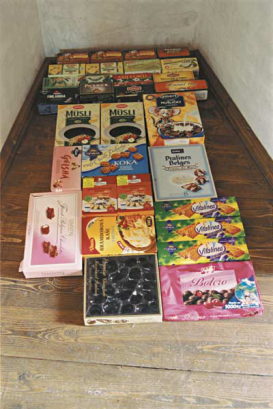














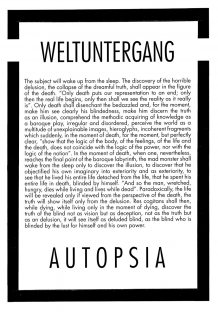




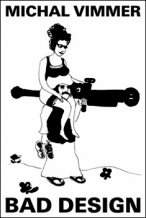
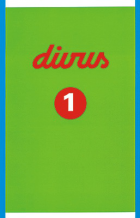
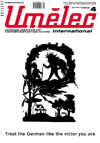
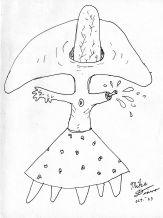


 New book by I.M.Jirous in English at our online bookshop.
New book by I.M.Jirous in English at our online bookshop.
Comentarios
Actualmente no hay comentariosAgregar nuevo comentario